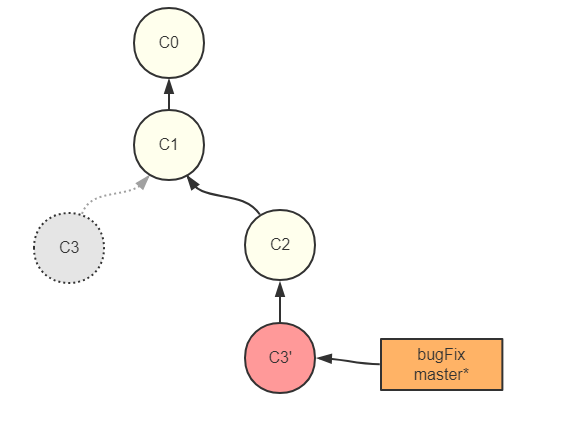
If I check the log of git, this is how it will look. The rollback has happened because after deleting the file, I did not commit, so after a hard reset, it went back to the previous state. If I recheck the status, I will find there is nothing to commit, and the file I deleted has come back into the repository. No changes added to commit (use "git add" and/or "git commit -a") " to discard changes in working directory) Your branch is ahead of 'origin/master' by 3 commits. If I go and delete the file1.txt manually and do a git status, it will show the message that the changes are not staged for commit. When I run the log command in git, I have 4 commits, and the HEAD points to the latest commit. If I do ls-files, you will see the new files have been added. $ git log -onelineĮ2f44fc (origin/master, origin/HEAD) test " to unstage)īefore committing, let me show you, I currently have a log of 3 commits in Git. When you rerun the status command, it will reflect the new files I just created.

$ vi file1.txtĪdd these files to the existing repository. Now, I will create 3 files and add some content to it. (use "git push" to publish your local commits) Your branch is ahead of 'origin/master' by 2 commits. In this example, I will add three new files, commit them and then perform a hard reset.Īs you can see from the command below, right now, there is nothing to commit. This command will change the commit history and point to the specified commit. It will remove all the commits with happened after the specified commit. The purpose of git hard reset is to move the HEAD to the specified commit. In mixed mode (default), the pointer and the staging area both get reset. The files of all the commits remain in the working directory and staging area before the reset. In soft reset, only the pointer is changed to the specified commit. Hard mode is used to go to the pointed commit, the working directory gets populated with files of that commit, and the staging area gets reset. Let me explain how git reset works in hard, soft, and mixed modes. Once you checkout to another branch, the HEAD also moves to the new branch. It is treated as a pointer for any reference. It points to the last commit, which happened in the current checkout branch. The current branch in Git is referred to as HEAD. And like before, when you run git status, you will see which files are present in the staging area. You use git add “filename” to add the file to the staging area. Staging Area (Index) is where git tracks and saves all the changes in the files. Using a git status command, you can see what all files/folders are present in the working directory. The working directory is the place where you are currently working, it is the place where your files are present. In a git reset workflow, three internal management mechanisms of git come into the picture: HEAD, staging area (index), and the working directory. By default, git reset command uses the mixed mode. There are three modes of running a git reset command: –soft, –mixed, and –hard. With git reset, you can jump between various commits. You can think of git reset as a rollback feature. Git reset is a complex command, and it is used to undo the changes. So let’s get started and understand what git reset, revert and rebase are. And even if you know the Git commands like reset, revert, rebase, you are not aware of the differences between them.
REBASE ON MASTER GIT HOW TO
In this article, you will learn about different ways to play around with commits in Git.Īs a developer, you would have across such situations multiple times where you would have wanted to roll back to one of your previous commits but not sure how to do that. You can find details of a basic rebase process from git - Basic Rebase. It is better and much easier to handle the conflicts but you shouldn’t forget that reverting a rebase is much more difficult than reverting a merge if there are many conflicts. Rebase will present conflicts one commit at a time whereas merge will present them all at once. You can remove undesired commits, squash two or more commits into one or edit the commit message.

Rebasing is better to streamline a complex history, you are able to change the commit history by interactive rebase. Merge preserves history whereas rebase rewrites it. If you want to see the history completely same as it happened, you should use merge. For individuals, rebasing makes a lot of sense. If the feature branch you are getting changes from is shared with other developers, rebasing is not recommended, because the rebasing process will create inconsistent repositories.


 0 kommentar(er)
0 kommentar(er)
